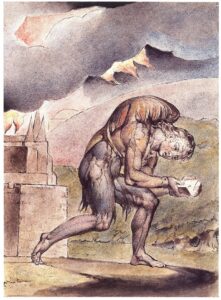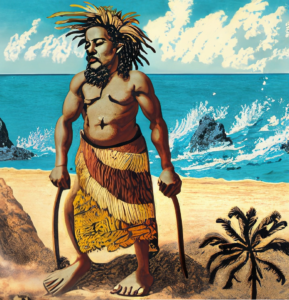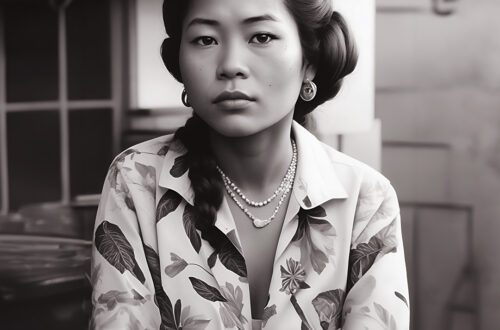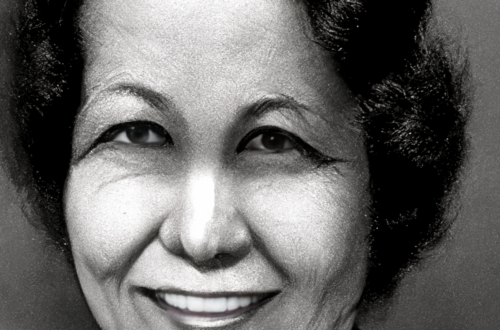
The Pilgrim’s Journey and the Ho’oponopono Path: Guiding Lights Amidst Information Overload
Hello, dear seekers. Today, we’re going to embark on a journey, travelling through the pages of John Bunyan’s timeless masterpiece, “The Pilgrim’s Progress,” and delving into the ancient Hawaiian practice of Ho’oponopono as taught by Morrnah Nalamaku Simeona and Dr. Ihaleakala Hew Len. Our mission? To understand how both paths offer us simple yet challenging ways to navigate the contemporary world’s “Information Sea,” find peace, and achieve self-realization.
Just like Bunyan’s protagonist Christian and his wife Christiana, we sometimes find ourselves facing an overwhelming amount of information, often clouding our judgment and making it difficult to discern right from wrong. Bunyan and Dr. Len offer us distinct guideposts amidst this confusion, reminding us to focus on our inner compasses of right thought and action.
Bunyan’s Christian Path

In “The Pilgrim’s Progress,” Bunyan introduces us to Christian, a man carrying the burden of sin (depicted as a heavy load on his back).
Frightened by the impending doom of his city, Christian embarks on a journey to the Celestial City to seek salvation. Along the way, he confronts many obstacles and temptations, but he’s also protected and guided by his faith and various helpers, reflecting Bunyan’s belief in the redeeming power of Christianity.
Christian’s journey is not easy, and yours won’t be either. We too carry burdens, albeit not physically visible like Christian’s. The burdens of misinformation, doubt, and fear often weigh heavy on our hearts. But just like Christian found his path towards salvation, we too can navigate through the information overload. We need to be discerning, rely on credible sources, and not be swayed by every piece of information we encounter.
The Ho’oponopono Practice

Now, let’s voyage to the tropical landscapes of Hawaii, where a practice known as Ho’oponopono has thrived for centuries. This spiritual method aims to cleanse one’s mind and achieve a state of ‘zero,’ a place of peace and clarity.
Practitioners of Ho’oponopono are guided by the mantra: “I’m sorry, Please forgive me, Thank you, I love you.” The mantra serves as an internal conversation with our inner child or ‘unihipili,’ seeking reconciliation and unburdening of past traumas, hurts, and misunderstandings. This process cleanses the mind, much like Christian’s burden was lifted at the Cross in Bunyan’s tale.
While the path to zero may sound simple, it requires constant awareness, sincere contrition, and a willingness to forgive ourselves and others. It can be as challenging as discerning truth in a sea of information, but it promises tranquillity, a clean mental slate where right thought and action can flourish.
Parallels and Divergences
A significant commonality between John Bunyan’s teachings and Dr. Ihaleakala Hew Len’s Ho’oponopono is the concept of personal responsibility and direct communication with the divine. Bunyan, living in a time when Roman Catholicism and Anglicanism were dominant, criticized these traditions for requiring a priest as an intermediary for salvation. He asserted that every individual is capable of crafting their own spiritual journey, seeking direct interaction with the Divine. This revolutionary idea, rooted in Bunyan’s Puritan belief, emphasized the personal relationship each believer could cultivate with God.
In a parallel way, Dr. Len’s teachings in Ho’oponopono also underscore the power and responsibility of the individual. The practice does not call for a guru or priest to guide the process of spiritual cleansing. Instead, it emphasizes the transformative potential residing within each person. The mantra “I’m sorry, Please forgive me, Thank you, I love you” is not addressed to an external entity, but rather to one’s own subconscious inner-child. This is the level which runs our autonomic system, as well as manifesting an apparent world ‘out there’ to be experienced. Both these philosophies highlight the individual’s capacity to navigate their spiritual journey, reinforcing the idea that within us lies the power to find peace and redemption amidst the modern world’s information overload.
Bunyan’s pilgrims and Ho’oponopono practitioners navigate through different landscapes, yet their journeys share striking similarities. They both seek redemption and peace: Christian, through the absolution of his sins via faith in Christ; Ho’oponopono practitioners, through achieving a state of zero via reconciliation and forgiveness.
However, their paths diverge in practice. Christian’s journey is more external, confronting physical trials and temptations that metaphorically represent internal spiritual struggles. On the other hand, the Ho’oponopono practice is primarily internal, involving a deep inner dialogue to cleanse the mind and heart.
The Final Message
Our world today can feel like an endless maze of information, making us feel lost or burdened. But just like Christian’s journey and the practice of Ho’oponopono, we have tools at our disposal to help us navigate through this maze. We can develop discernment, foster self-forgiveness, and cultivate love, thus lightening our load and guiding us towards clarity and peace.
In both paths, we’re reminded that the journey towards redemption and self-realization is rarely easy. It’s often fraught with challenges and obstacles, much like a traveler navigating through an uncharted territory or a sailor adrift on a vast ocean. But whether we follow the steps of Christian and Christiana, or the rhythmic chant of Ho’oponopono, we’re offered a lifeline, a beacon of hope amidst the sea of information overload.
Remember, dear seekers, the path to enlightenment requires effort and patience, just like sifting through an information overload requires discernment. Whichever path you choose, be it the one laid out by Bunyan or the one paved by Morrnah Nalamaku Simeona and Dr. Ihaleakala Hew Len, you are not alone. There are guiding stars twinkling in the darkest of nights, ready to help you navigate through any storm.
In closing, let’s embrace the wisdom that Ho’oponopono offers us. Despite their differences, they both lead to a similar destination: a place of peace, clarity, and self-realization. Ho’oponopono, however, has been described as ‘The Easiest Way‘ so as we journey through this modern world, let’s remember to carry its timeless teachings in our hearts, helping us traverse the sea of information and find our own paths towards freedom.21


You May Also Like

Who Am I?

Morrnah’s Authenic Prayer: A Gentle Dive into the Spiritual Depths of Ho’oponopono
